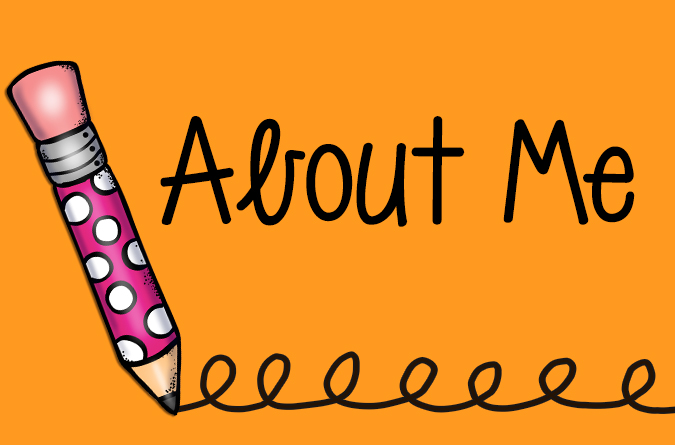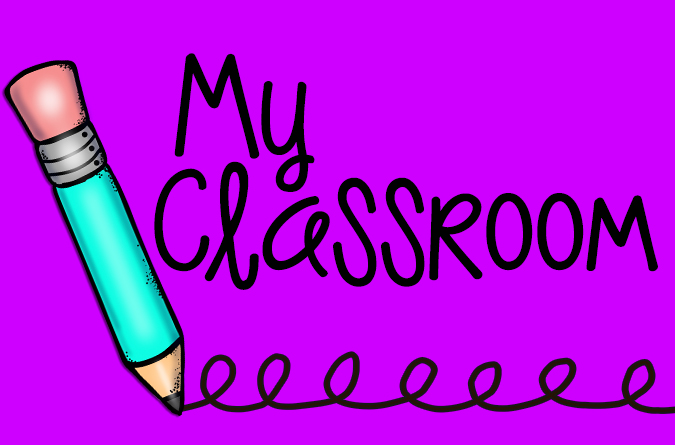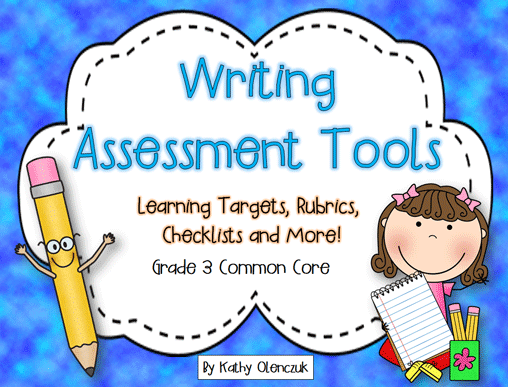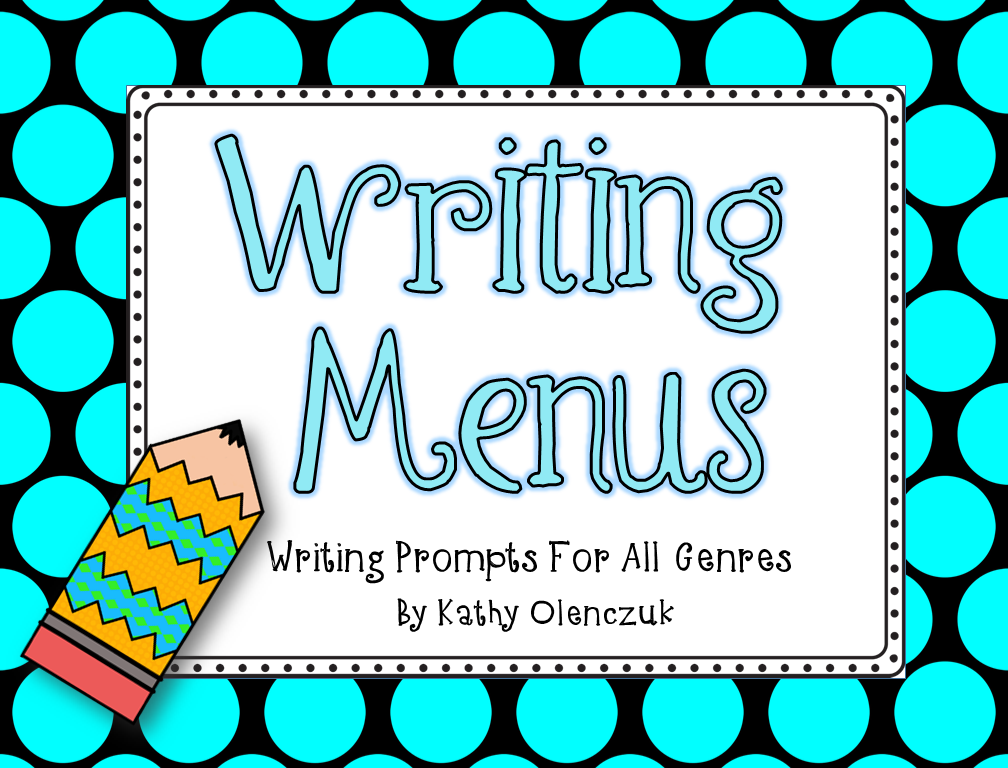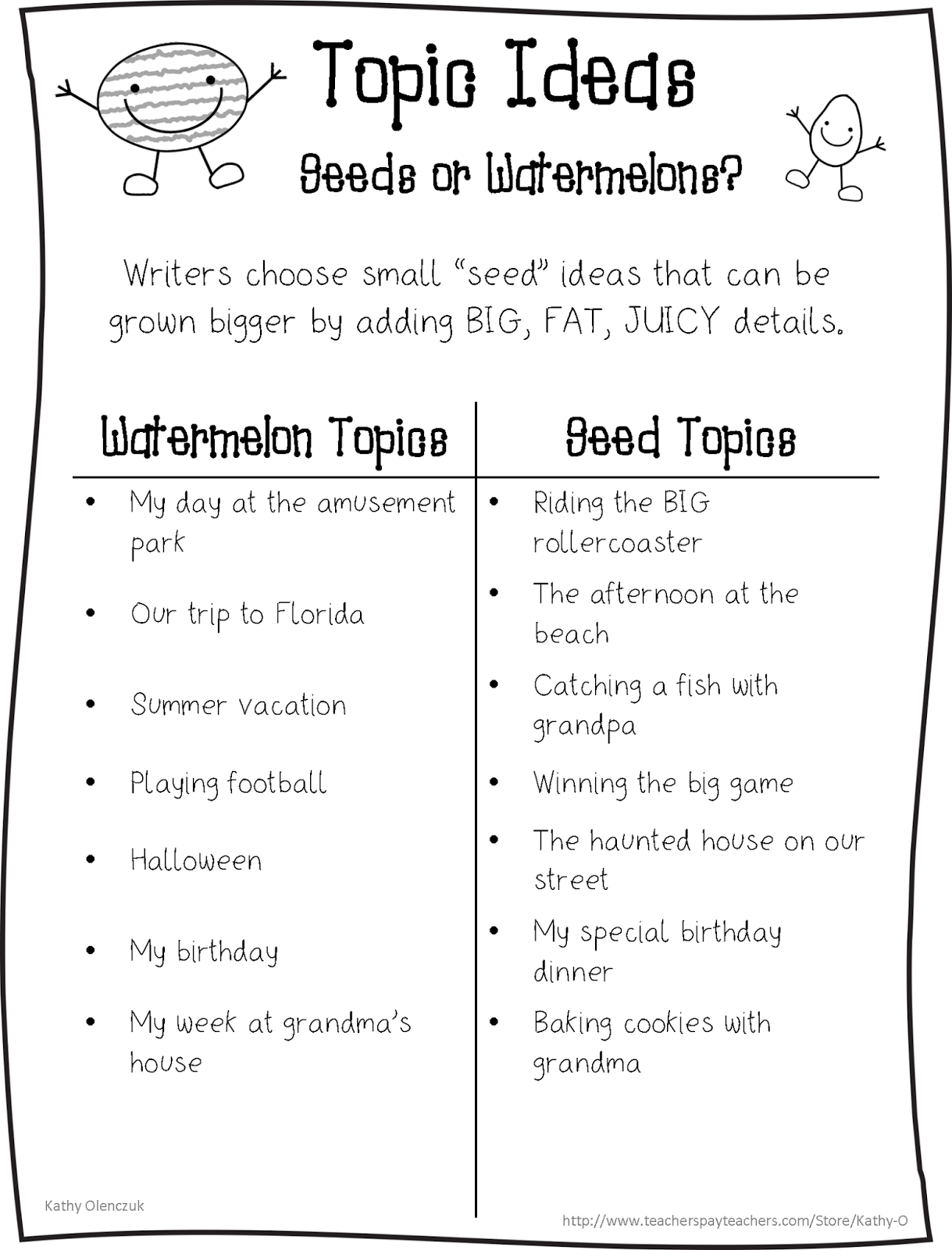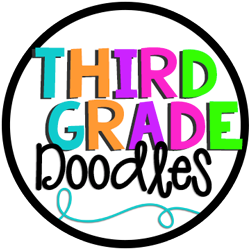Happy Sunday! I have spent the past hour or so reading through my students latest writing assessment pieces and thought I 'd share my process.
I really hate scoring student writing.....it seems so unnatural. I mean, I want to praise the effort of each and every one of my students. Writing is HARD and I spend a great deal of the first half of the school year trying to convince my third graders that "ish" writing is okay. "You are fledgling writers," I say "and I don't expect it to be perfect. I only want your to do you best." Then I break the news that they will receive a score on some of their writing, and the groans begin. It is a necessary evil, but I have to be careful not to kill that love of writing that I've worked so hard to spark this year.
I have found that the trick is not to score or judge everything that students do in their writing. They need lots of opportunities to "fool around" in their writing and to try things out risk-free, without me hovering over their shoulder. That is where HUGE learning happens. When I try out a new teaching strategy, I certainly don't want my principal watching me every step of the way. I need time to try things out, fail, and then work out the kinks. That is exactly what my students need!
I give them helpful feedback on their day-to-day writing......sometimes.....if they really want/need it. They do tons of sharing with their peers, which I feel is really important. But I only formally assess every few weeks. I do this by administering an "on-demand" writing prompt.
I choose an open-ended generic topic that will engage all of my students. If we are working on personal narratives, it is narrative prompt, if we're working on essay, its an essay prompt, etc. I introduce the topic, we talk a bit about it and then they have one hour to "show me what they've got." I tell them that this is their opportunity to really shine and to use all of the writing strategies they have learned over the past several weeks.
Last year, I put together a whole pack of on-demand prompts, which includes several narrative, opinion and informational topics. Every 2-3 weeks, I choose one to assess my students. The assessment "booklet" that I put together for each student includes a cover page with a editing/revision checklist, a planning page and drafting paper. It's kind of like those "blue books" you'd get in college when you had an essay question. Here is a sample of the pages in the booklet:
I like to run the booklets on different colored paper each time I assess, which makes it easy for me to discern (at a glance) when the prompt was given. If you are interested, you can purchase the on-demand prompts at my TpT store:
I then score the prompts using a rubric. I introduce students to the rubric at the beginning of the unit we are working on, so they know exactly what is expected. I have an assessment toolkit for both third and fourth grade, which includes rubrics for all CCSS writing genres (narrative, opinion and informational).

The cover page of their assessment booklet includes a space for me to write their score and to give them feedback. I usually give each student a star and a wish. When I return the prompt to them, they look at their score and the feedback given, record it on a data page in their data notebooks and write a goal for next time (based upon the feedback that I gave them on the prompt). It is important to be prompt in scoring and returning these to students, so that they can immediately begin to implement the suggested feedback into their writing. Here is the data sheet they use for recording their score (also available in the On-Demand Writing Assessments pack):
Students have learned tolike not hate this assessment process. They look forward to getting some critique about their writing.....they are always excited to see their score and the feedback given. More importantly, I see a great improvement in their writing....they really work hard to do better each time and implement the suggestions given. It also makes things much easier when it comes time for parent teacher conferences and report cards.....takes all the guess work right out of it!
I save all of their on-demand prompt assessments until the end of each unit. At that time, students go through all of their writing, reflect on their progress and put together a "portfolio" to take home and share with their families, which includes the prompts, data sheets, their draft writing and polished pieces. Nice!
If you have any questions about this process, please don't hesitate to ask. How do you assess student writing...I would love to hear from you! Thanks again for dropping by today! I will leave you with a brand new FREEBIE that I just posted last week....writing menus for your students! Enjoy!
Have a wonderful Thanksgiving!
Kathy Olenczuk

1
I really hate scoring student writing.....it seems so unnatural. I mean, I want to praise the effort of each and every one of my students. Writing is HARD and I spend a great deal of the first half of the school year trying to convince my third graders that "ish" writing is okay. "You are fledgling writers," I say "and I don't expect it to be perfect. I only want your to do you best." Then I break the news that they will receive a score on some of their writing, and the groans begin. It is a necessary evil, but I have to be careful not to kill that love of writing that I've worked so hard to spark this year.
I have found that the trick is not to score or judge everything that students do in their writing. They need lots of opportunities to "fool around" in their writing and to try things out risk-free, without me hovering over their shoulder. That is where HUGE learning happens. When I try out a new teaching strategy, I certainly don't want my principal watching me every step of the way. I need time to try things out, fail, and then work out the kinks. That is exactly what my students need!
I choose an open-ended generic topic that will engage all of my students. If we are working on personal narratives, it is narrative prompt, if we're working on essay, its an essay prompt, etc. I introduce the topic, we talk a bit about it and then they have one hour to "show me what they've got." I tell them that this is their opportunity to really shine and to use all of the writing strategies they have learned over the past several weeks.
Last year, I put together a whole pack of on-demand prompts, which includes several narrative, opinion and informational topics. Every 2-3 weeks, I choose one to assess my students. The assessment "booklet" that I put together for each student includes a cover page with a editing/revision checklist, a planning page and drafting paper. It's kind of like those "blue books" you'd get in college when you had an essay question. Here is a sample of the pages in the booklet:
I like to run the booklets on different colored paper each time I assess, which makes it easy for me to discern (at a glance) when the prompt was given. If you are interested, you can purchase the on-demand prompts at my TpT store:
I then score the prompts using a rubric. I introduce students to the rubric at the beginning of the unit we are working on, so they know exactly what is expected. I have an assessment toolkit for both third and fourth grade, which includes rubrics for all CCSS writing genres (narrative, opinion and informational).

The cover page of their assessment booklet includes a space for me to write their score and to give them feedback. I usually give each student a star and a wish. When I return the prompt to them, they look at their score and the feedback given, record it on a data page in their data notebooks and write a goal for next time (based upon the feedback that I gave them on the prompt). It is important to be prompt in scoring and returning these to students, so that they can immediately begin to implement the suggested feedback into their writing. Here is the data sheet they use for recording their score (also available in the On-Demand Writing Assessments pack):
Students have learned to
I save all of their on-demand prompt assessments until the end of each unit. At that time, students go through all of their writing, reflect on their progress and put together a "portfolio" to take home and share with their families, which includes the prompts, data sheets, their draft writing and polished pieces. Nice!
If you have any questions about this process, please don't hesitate to ask. How do you assess student writing...I would love to hear from you! Thanks again for dropping by today! I will leave you with a brand new FREEBIE that I just posted last week....writing menus for your students! Enjoy!
Have a wonderful Thanksgiving!
Kathy Olenczuk

